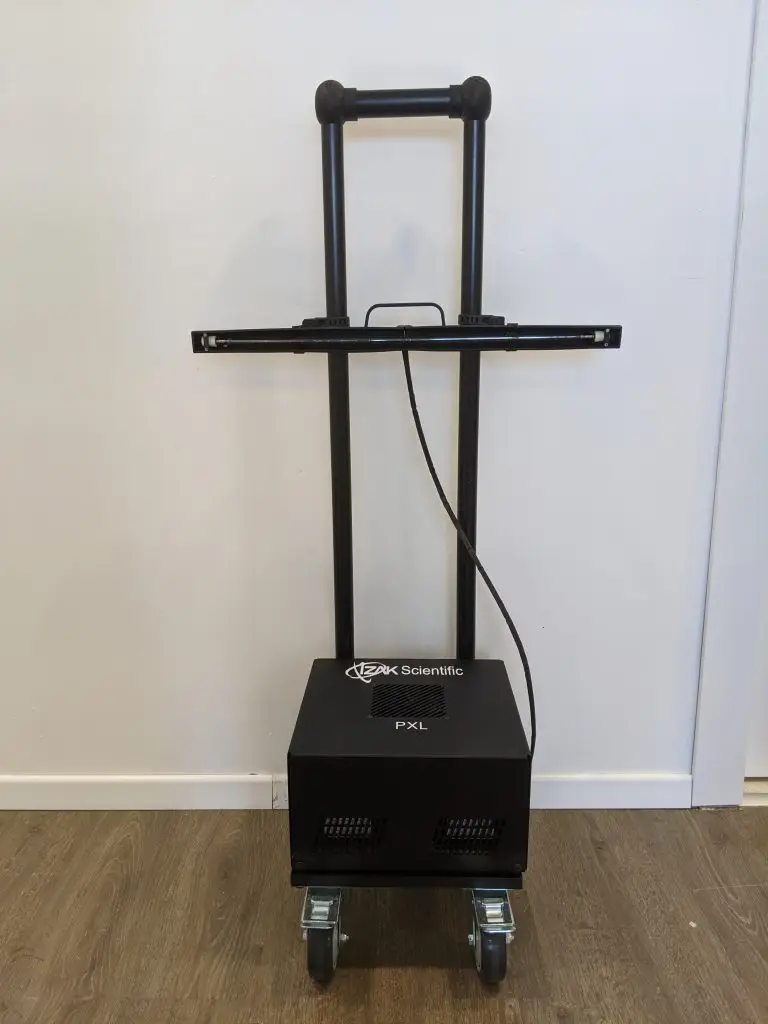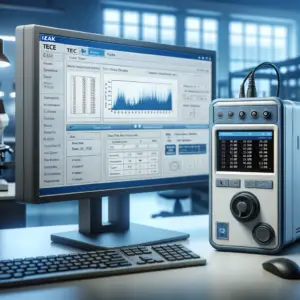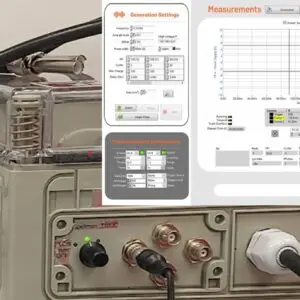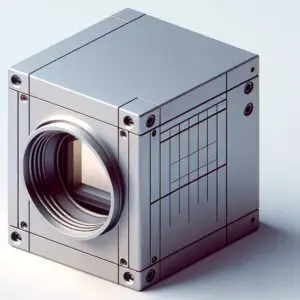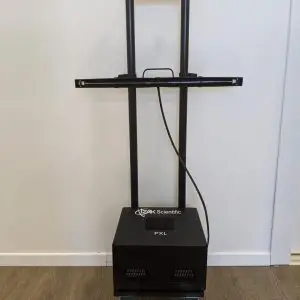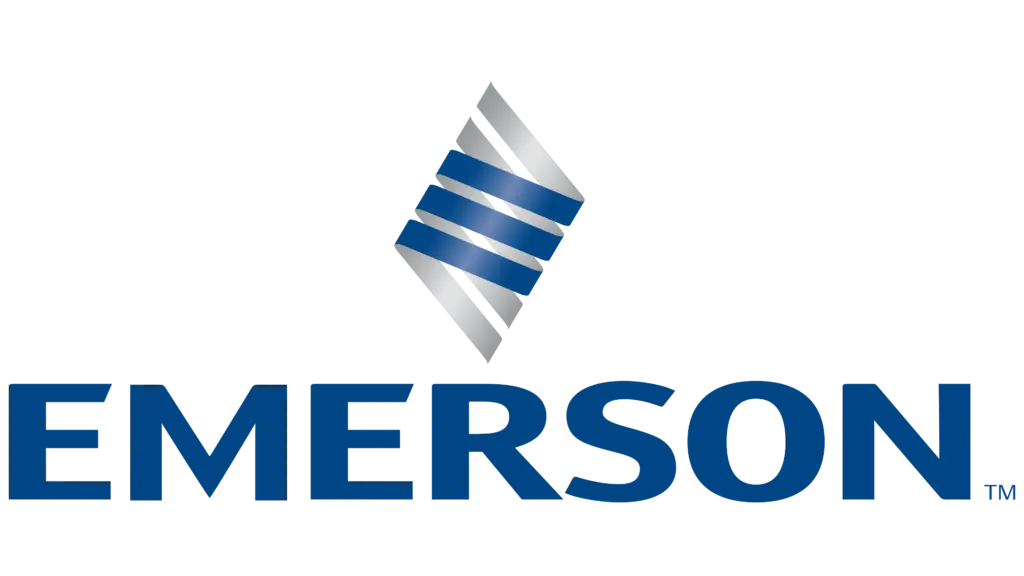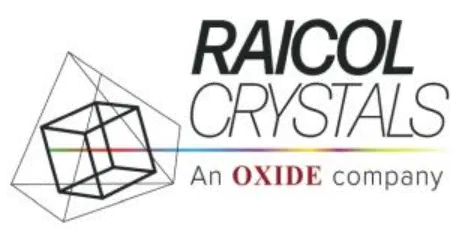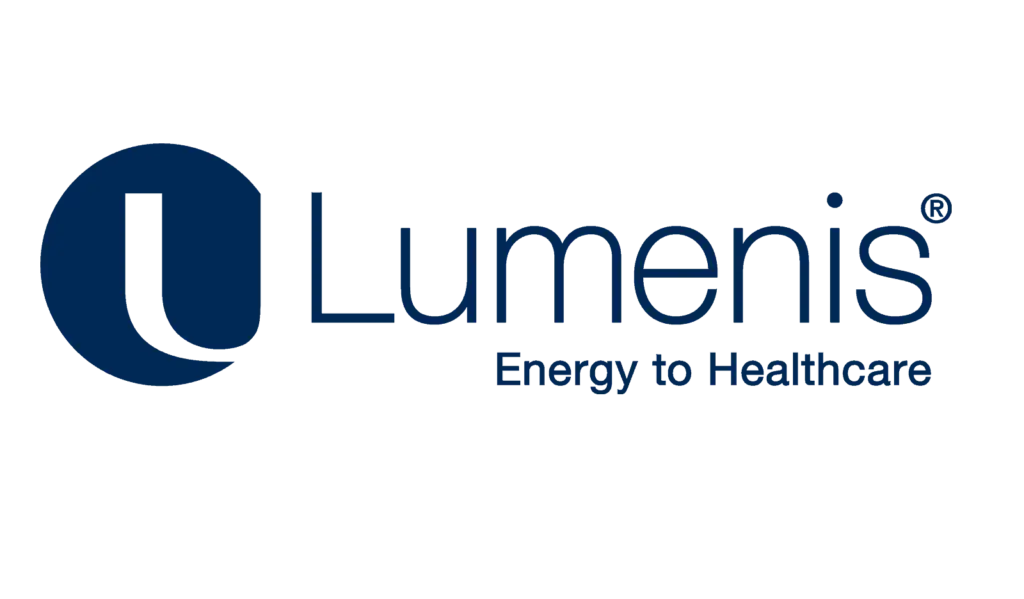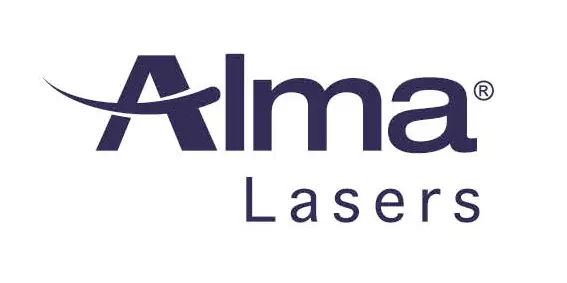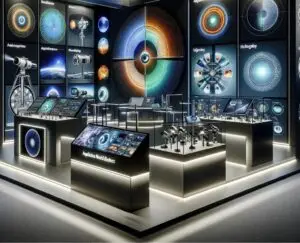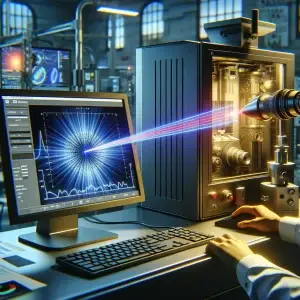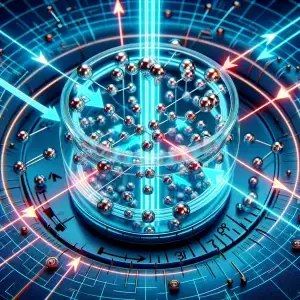Researchers have carried out an ‘n’ number of studies and investigations to understand, analyze, and interpret the effectiveness of various disinfection methods to kill or inactivate the lethal microorganisms. Today, we have a repository of experimental results dealing with different bacteria, viruses, and molds analyzed at varying environmental and laboratory conditions with distinct disinfection procedures. The most researched disinfection methods include irradiation (UV), chemical method, heat/cold treatment, pulsed electric, electromagnetic, microwave, and high-pressure treatment.
The Germicidal UV Light
Scientists initially discovered the disinfection characteristics of UV light early in the 1920s. UV light invisible to humans is a high frequency and short wavelength form of electromagnetic rays. This UV light found in sunlight makes up around one-tenth of the sun’s total electromagnetic radiation. The UV light ranges between 100 – 400 nm wavelengths.
The major subtypes of UV light include:
- Ultraviolet-C (UVC) ranges from 100 to 280nm
- Ultraviolet-B (UVB) ranges from 280 to 315nm
- Ultraviolet-A (UVA) ranges from 315 to 400nm
The wavelength between 100 and 280nm (UVC) exhibits germicidal properties. The shortest wave of UVC, also referred to as hard UV, has the potential to damage the genetic material of the microorganisms. When the UV light impinges on the DNA/RNA, the formation of pyrimidine dimers occurs. This prevents the microorganisms from proliferating further, i.e., either transcribe or replicate. Hence, this UVC short wave acts as an effective disinfection method against any pathogens.
Pulsed Vs. Continuous UV Light
The implementation of UV light disinfection procedures occurs either in the form of pulsed or continuous light. In broad, pulsed UV light has more advantages over continuous UV light.
| Pulsed UV Light | Continuous UV Light |
| In-depth penetration into the microbial cells | A lower level of penetration into the microbial cells |
| A cooling period occurs between each pulse, and hence, the overall build-up temperature of the lamp reduces during the light treatment. | No such reduced temperature occurs here, and the lamp temperature increases due to continuous light emission. |
| The energy multiplies many times and induces high power distribution (up to 35 MW). | The energy does not multiply manifold, and hence low power distribution (100 to 1,000 W) occurs. |
| Produces multiple high-energy flashes per second (mostly in nanoseconds) | No multiple flashes of light. Only the discharge of low-energy flashes |
| The stronger short pulses constantly attack the microorganisms. | The weaker continuous pulses do not effectively attack the microorganisms. |
| Thousand-fold more instantaneous energy | Too low instantaneous energy |
For these reasons, pulsed UV light is considered more effective than continuous UV light. A group of researchers studied various factors that affect the effectiveness of the pulsed UV light against various clinically relevant bacteria. This led to the development, design, and production of pulsed UV light lamps that stand as the prime source of disinfection application.
Potential Applications of Pulsed UV Light Disinfection
The major application of pulsed UV light lies in the food industry to decontaminate food products. The other applications include surface disinfection of industrial equipment, water, and air sterilization.
Check out the industry’s most popular pulsed UV light sanitizer today!

